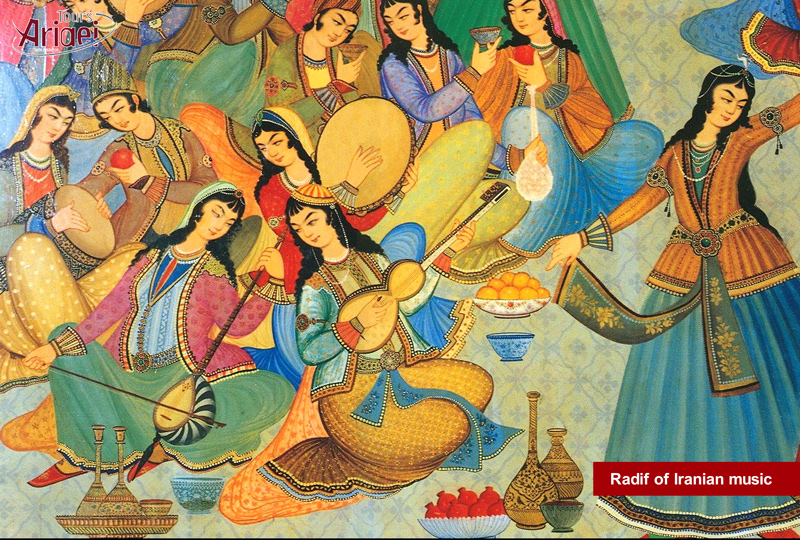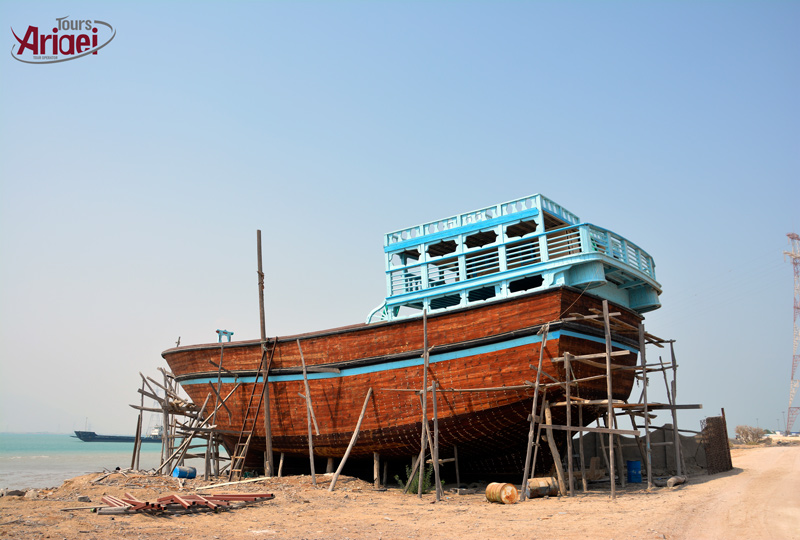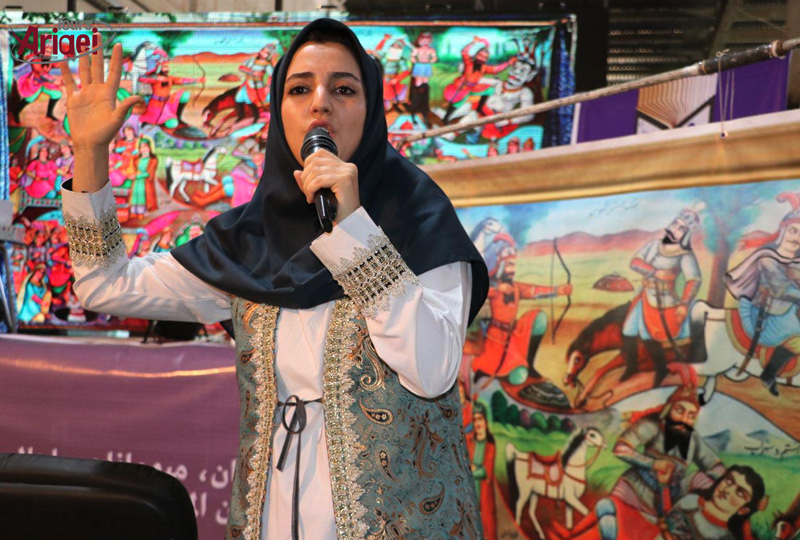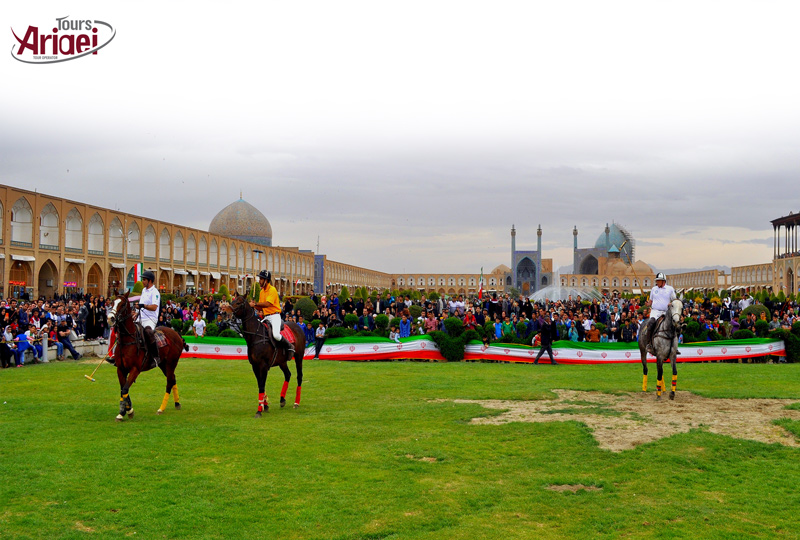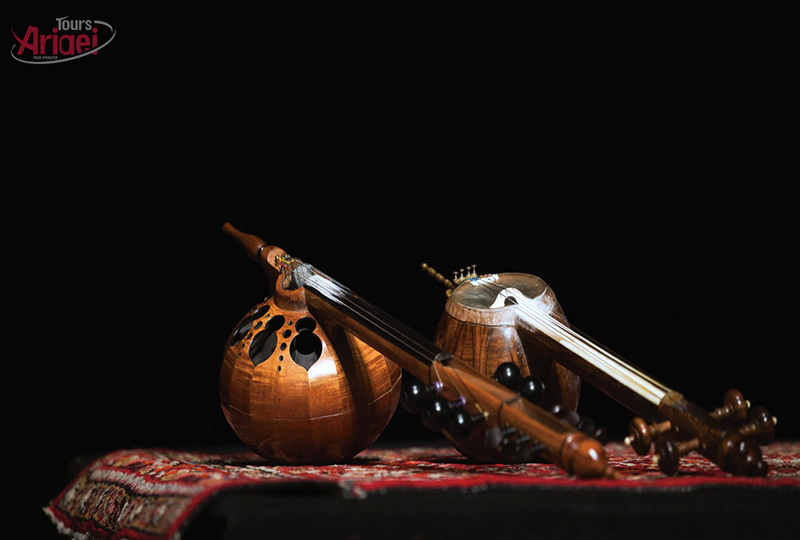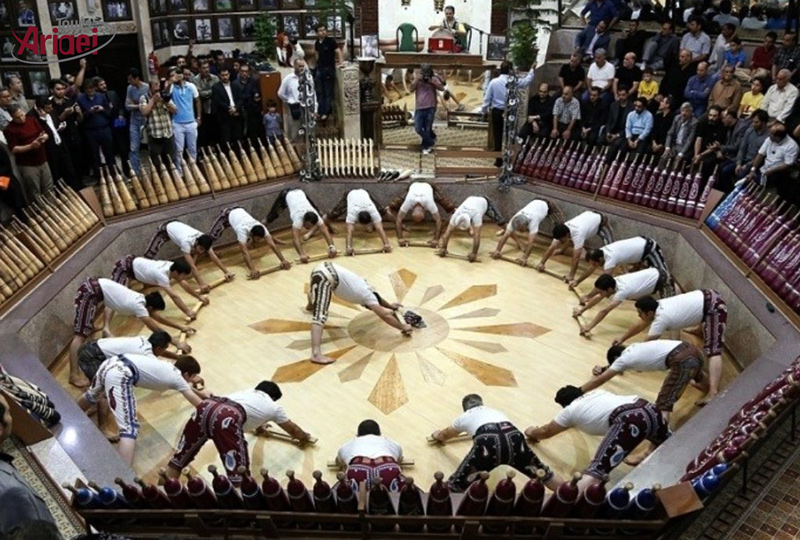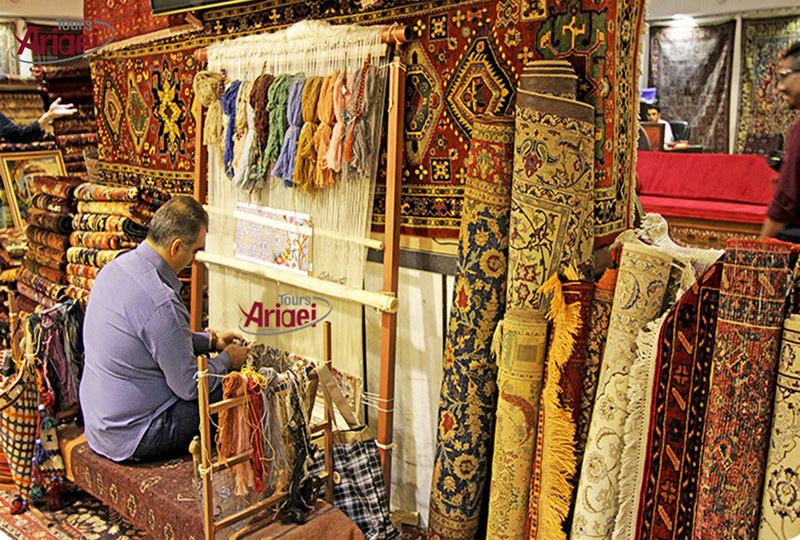Iran, as an ancient country, includes many significant cultural sites and heritage, many of which are listed as UNESCO world heritage sites and UNESCO Intangible Cultural Heritage. This country’s intangible cultural heritage list includes performance arts, handicrafts, skills related to them, social traditions, customs, rituals and celebrations, nature-related traditions, oral traditions, and other aspects of culture such as dialects, languages, and accents.
So far, Iran’s UNESCO Intangible Cultural Heritage list consists of 21 items. However, this interesting country has many others on the tentative list. We will learn about the current UNESCO list in this article. Note that this list is subject to change.
• Radif of Iranian music (2009)
• Traditional skills of carpet weaving in Kashan (2010)
• Traditional skills of carpet weaving in Fars (2010)
• Music of the Bakhshis of Khorasan (2010)
• Pahlevani and Zoorkhanei rituals (2010)
• Ritual dramatic art of Ta‘zīye (2010)
• Naqqāli, Iranian dramatic story-telling (2011)
• Traditional skills of building and sailing Iranian Lenj boats in the Persian Gulf (2011)
• Qālišuyān rituals of Mašhad-e Ardehāl in Kāšān (2012)
• Flatbread making and sharing culture: Lavash, Katyrma, Jupka, Yufka (2016)
• Nawrouz, Novruz, Nowrouz, Nawrouz, Nauryz, Nooruz, Nowruz, Nevruz, Nowruz, Navruz (2016)
• Chogān, a horse-riding game accompanied by music and storytelling (2017)
• Art of crafting and playing with Kamantcheh/Kamancha, a bowed string musical instrument (2017)
• Traditional skills of crafting and playing Dotār (2019).
• Art of miniature (2020)
• Pilgrimage to the St. Thaddeus Apostle Monastery (2020)
• National programme to safeguard the traditional art of calligraphy in Iran (2021)
• Sericulture and traditional production of silk for weaving (2022)
• Yaldā/Chella (2022)
• Turkmen-style needlework art (2022)
• Crafting and playing the Oud (2022)
